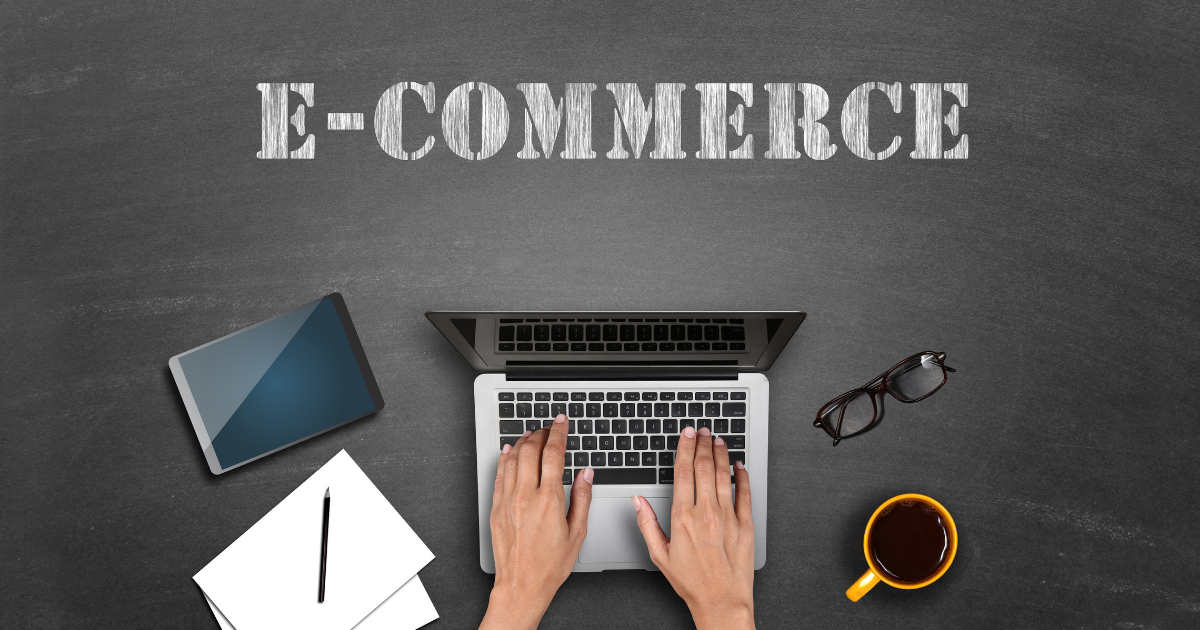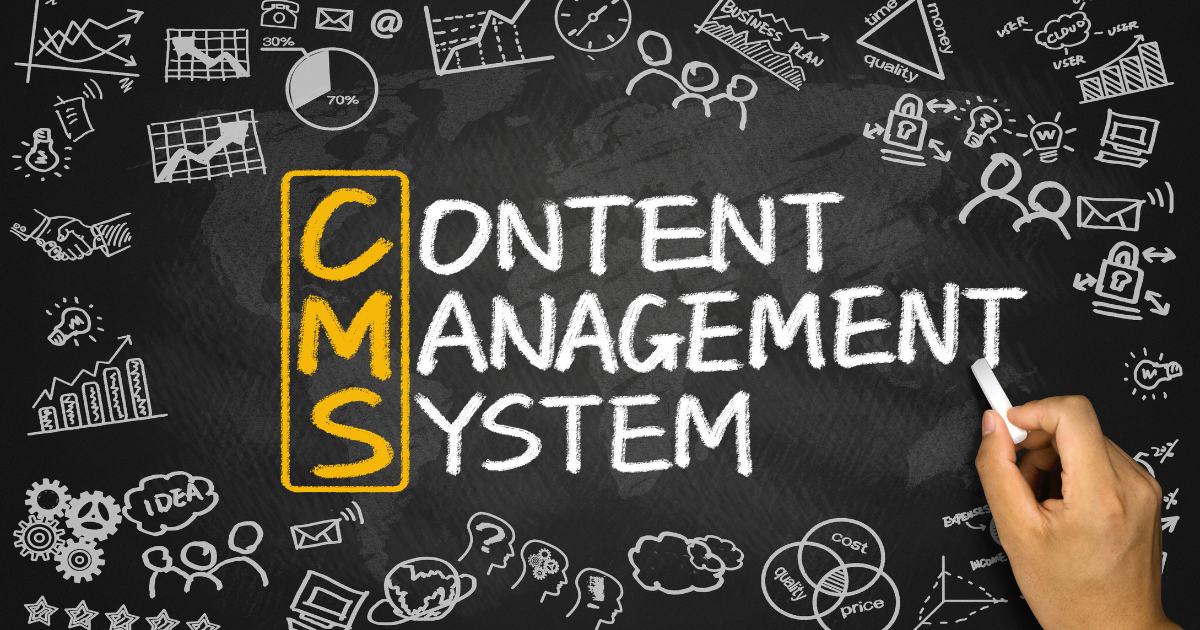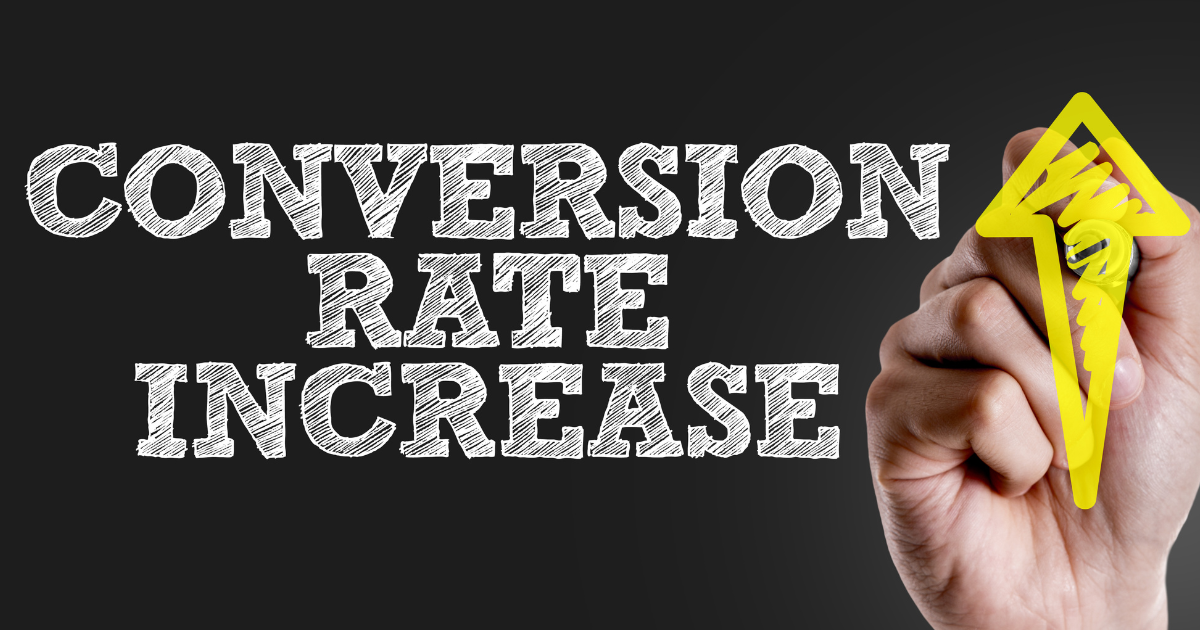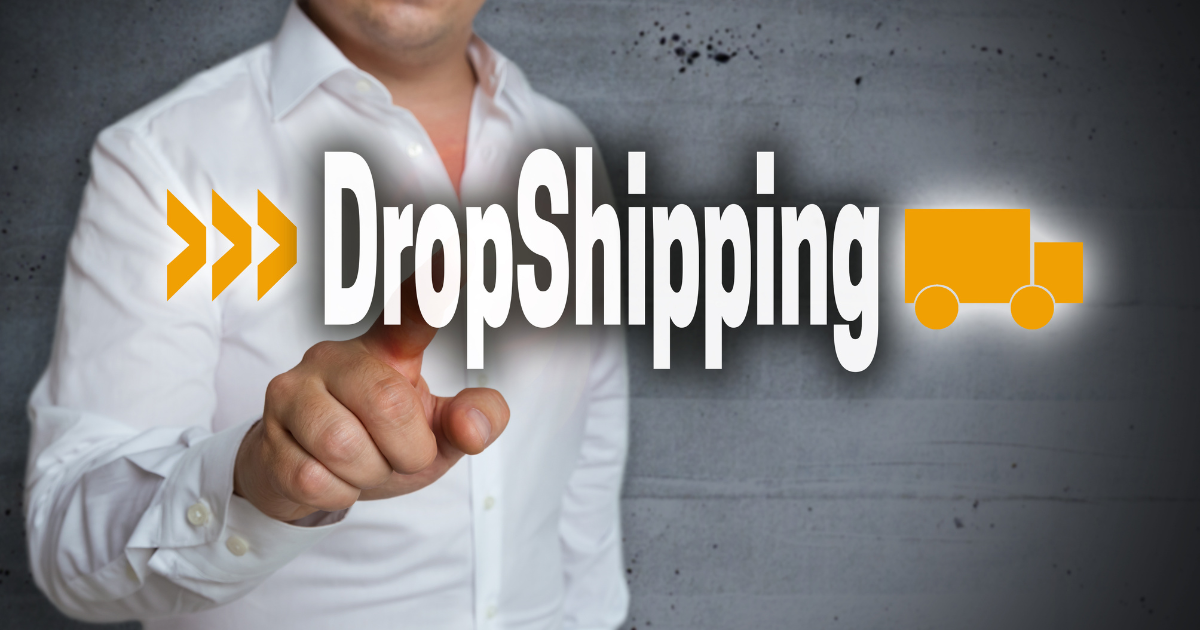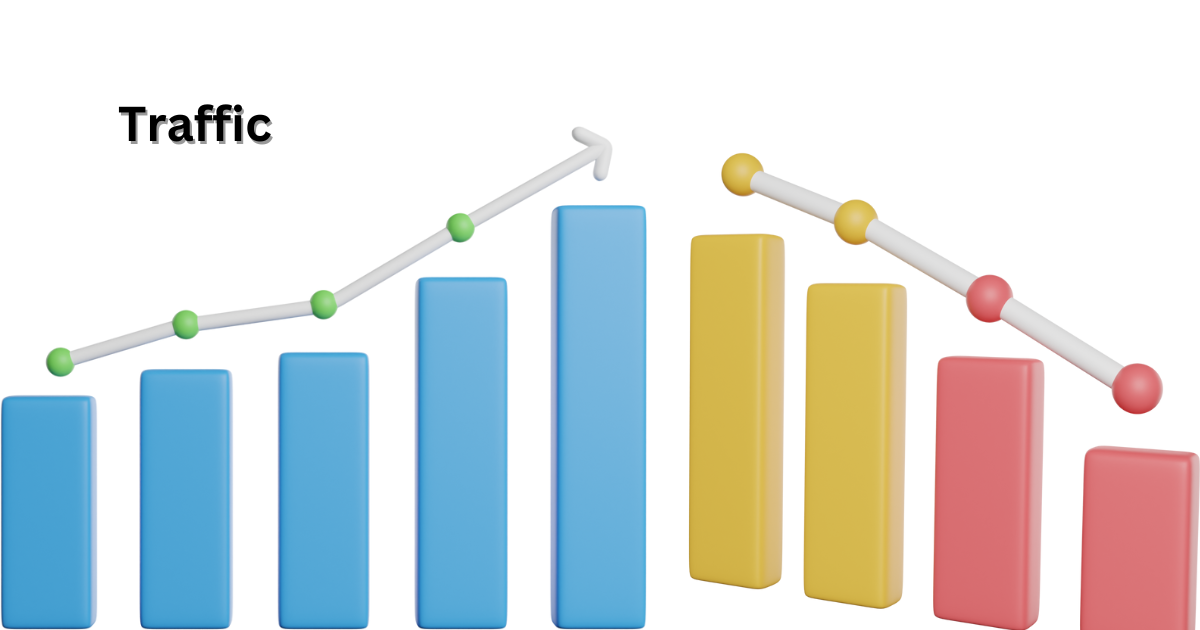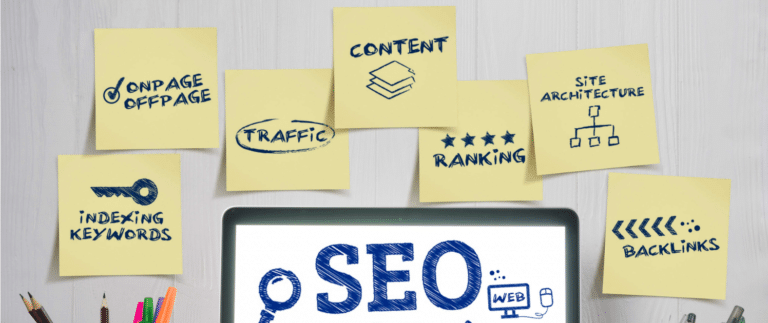The A-Z of eCommerce Product
E-commerce has brought about a revolution in how we shop and do business. Instead of going from store to store or calling various companies to find what we need, we can now find everything we want with just a few clicks of the mouse. We can now buy items worldwide without ever leaving our homes. We can also pay for them using our credit cards or other online payment methods.
The concept of eCommerce has been around since the early 1970s when ARPANET—the precursor to the internet—was first utilized by businesses for commercial transactions. However, it wasn’t until 1994 that modern-day eCommerce began to take shape when Amazon launched as an online bookstore. Since then, it’s grown rapidly; according to Statista, global eCommerce sales are projected to reach $7 trillion by 2023.
If you’ve ever shopped online, then you’re familiar with eCommerce. But what exactly is it? E-commerce is buying and selling goods and services or transmitting funds or data over an electronic network, primarily the internet. It includes many businesses that use the internet to reach consumers and business partners.
Pros of E-Commerce 
1. Lower Overhead Costs
The biggest advantage of e-commerce is that it doesn’t require a physical location or storefront. Businesses don’t have to worry about rent, utilities, or other overhead costs associated with maintaining a store. This increases the profit margin, ultimately leading to more profits for customers.
2. Greater Reach
E-commerce also helps businesses reach out to new, international customers. An online store is open and accessible to all customers who visit it; it isn’t restricted to a specific place.
Brands can interact with sizable target audiences who are ready to buy, thanks to the additional advantages of social media advertising, email marketing, and SEO (search engine optimization). On the other hand, customers can shop for their favourite items from across the globe.
3. Flexibility
Business owners can easily automate order fulfilment and customer communication processes depending on the product or service offered. This will save time and energy so owners can focus their efforts on other aspects of the business, such as product development and customer service, rather than administrative tasks.
4. Time-Saving
A customer need not worry about searching ten different shops in an area to buy the ‘perfect’ shade. It can all be done within a few minutes at your fingertips. Also, the customer escapes the rush and long waiting lines inside big stores.
Cons of Ecommerce
1. Lack of Interaction
When you aren’t face-to-face, it may be more challenging to comprehend your e-commerce clients’ goals, needs, and worries. However, there are still ways to get this information (surveys, customer support encounters, etc.). Still, they require more effort than regularly speaking with customers in real life.
2. Lack of Testing
The e-commerce experience can be constricting for buyers who want to physically hold a product and not to see the product image online (particularly in the case of tangible goods like apparel, shoes, beauty and similar products) before adding it to their shopping basket.
Types of E-Commerce Models
- B2C: Businesses sell to individual consumers (end-users). The most common model with many variations.
- B2B: Businesses sell to other businesses. Often the buyer resells products to the consumer.
- C2B: Consumers sell to businesses. C2B businesses allow customers to sell to other companies.
- C2C: Consumers sell to other consumers. Businesses create online marketplaces that connect consumers.
- B2G: Businesses sell to governments or government agencies.
- C2G: Consumers sell to governments or government agencies.
- G2B: Governments or government agencies sell to businesses.
- G2C: Governments or government agencies sell to consumers.
What Does the Future of E-Commerce Look Like? 
Mobile Technology
The use of mobile technology is growing rapidly, and it will continue to be a major factor in the future of e-commerce. According to a recent study, mobile devices accounted for nearly two-thirds (63%) of all online retail traffic in 2020.
Artificial Intelligence (AI)
AI is already being used in many aspects of e-commerce, from automated customer service bots for live chats to personalized product recommendations. As AI technology continues to evolve, it will become increasingly important in helping businesses understand customer behaviour and make more informed decisions about their products and services.
Virtual Shopping Experiences
Businesses may also offer unique experiences such as virtual reality shopping tours or augmented reality try-on sessions, which allow customers to “try before they buy” without leaving home.
Let’s understand eCommerce with letters:
A/B testing
A/B testing is a valuable tool ecommerce businesses use to make better-informed decisions regarding their product. Essentially, it allows ecommerce companies to test out different variations of a page in order to make improvements that result in higher conversion rates.
By collecting and analyzing data from visitors to the ecommerce product, companies can determine which version of their page is outperforming the other in order to make the changes to ensure greater success for the product.
A/B tests therefore save ecommerce businesses time and money, by optimizing their site so that it caters better to customer needs. This not only makes sure that customers get a better experience with the ecommerce product, but also brings more business and visibility for ecommerce companies.
Abandonment rate
Abandonment rate can be a frustrating issue for ecommerce products – it’s the percentage of customers who add something to their shopping cart but never complete the checkout process.
Knowing why customers are abandoning their ecommerce carts is an essential piece of knowledge that every ecommerce business should understand. Being aware of these factors can help ecommerce stores build strategies to prevent on-site abandonment, optimize customer experience, and ultimately make more sales.
Fortunately, by gaining insights into customer behavior and leveraging technology like purchase recovery campaigns, ecommerce businesses can better mitigate their abandonment rates and make adjustments as necessary to ensure they’re providing the best customer experience possible.
Affiliate marketing
Affiliate marketing has become an increasingly popular ecommerce strategy in recent years. By enlisting the help of affiliates to promote the ecommerce product, businesses have found great success in driving more sales and boosting their bottom line.
Affiliates leverage a variety of methods, such as e-mail campaigns, social media posts, and influencer collaborations, all with the goal of bringing more attention to the ecommerce product and relaying its value to potential customers along with some customer reviews. The key is finding affiliates that truly understand your product or service and have the right customer base so they can effectively promote the ecommerce product by showing the product to the right people.
With thorough research, savvy ecommerce businesses can find reliable affiliates to help them accelerate their sales efforts – something that has become more important in today’s digital world.
Analytics
eCommerce products need to be constantly monitored and tracked in order to maximize their potential. Analytics is the best way to provide versatile insights into product information that can show ecommerce business owners what areas of their product need improvement, or where there are opportunities for growth and expansion.
With data gathered from analytics, ecommerce business owners can determine which products are popular among customers and make changes accordingly. This allows ecommerce businesses to optimize their marketing strategies, create personalized experiences for customers, better target their audience more accurately, and gain a competitive edge over rivals.
There’s no denying how useful analytics is in ecommerce – without it, ecommerce businesses would be relying entirely on intuition alone.
Average order value (AOV)
Average order value (AOV), or simply ecommerce revenue per transaction, is a major indicator of an ecommerce store’s performance. Put simply, it shows the amount each customer spends on average every time they check out.
A higher AOV means higher sales numbers and more money in the ecommerce store’s pocket. This metric can be tracked for various ecommerce products and categories, giving ecommerce merchants a better understanding of spending patterns and strategies to help increase sales.
Optimizing AOV through marketing campaigns, promotions and other efforts is a key part of running a successful ecommerce business.
Black Friday
Black Friday is e-commerce’s biggest moment of the year! It’s when e-commerce companies offer their biggest deals and discounts on products, bringing in more shoppers than at any other time.
E-commerce stores often have crazy deals such as buy one/get one free, deep discounts lasting all week, cross-sell, and even subscription options with extended savings in order to get customers excited.
If you need a new ecommerce product, Black Friday is definitely the best time to shop and get the best deal—the competition between e-commerce companies guarantees that. Don’t miss out!
Bounce rate
If ecommerce is a part of your business, then understanding bounce rate should be at the forefront of your marketing strategy. The bounce rate denotes the proportion of people who come to your ecommerce product page and then leave without taking any action.
A high bounce rate can be indicative of poor content, lack of usability, or a misdirected advertising campaign – all obvious areas that need work in order to improve your ecommerce success keeping in mind that you are doing ecommerce product page best practices for your customers.
Reducing the bounce rate is achievable through optimizing website speed, ensuring that website navigation is easy and effective, and improving efforts around design aesthetics.
Bundling
Bundling ecommerce products together is an all too common tactic for ecommerce businesses to sweeten the deal for customers. By bundling two or more ecommerce products together, businesses can offer discounts and other incentives that appeal to customers and make them more inclined to buy a certain ecommerce product.
The bundle itself can be made from existing ecommerce products or from specially-crafted items that are only available in the bundled pack. Furthermore, companies might also opt to include services like free shipping with the bundle in order to better entice users.
All of this said ecommerce bundling serves as a great way for ecommerce websites to increase customer acquisition and drive more sales.
Call to action (CTA)
A call to action (CTA) is an essential element of ecommerce websites, as it’s used to turn a site visitor into a buyer. It’s either a button, image, or some type of text that encourages customers to action purchase an ecommerce product.
CTAs come in many forms such as buy now, add to cart, learn more, and download now. To ensure that your CTA stands out from other web pages on your ecommerce site, you should use colors and visuals that will draw attention while still being relevant to the product.
Studies have shown that well-designed CTAs can greatly increase conversions on ecommerce sites. Designers must also make sure the CTA is placed in a strategic location so that users can easily locate it.
This could be within content or on another page where potential customers may land instead of the product page they intended to visit. When done correctly, CTAs help keep users engaged with ecommerce websites and lead them down a successful sales funnel.
Content management system (CMS)
Content management systems (CMS) are an essential tool for ecommerce businesses, allowing them to create and control the content of their ecommerce product pages. By providing access to editable frameworks for webpages, CMS can help ecommerce merchants keep their platforms updated with information about new products, changes in prices, seasonal trends and more.
In addition, CMS allows ecommerce companies to optimize their sites for search engine rankings as they can tag content quickly and accurately. Finally, a CMS also provides ecommerce marketers with the power to segment customers into various categories based on data like purchase history or demographics which is essential for success in today’s competitive ecommerce landscape.
Conversion
Conversion related to ecommerce is a key goal for ecommerce sites, regardless of whether you are using an ecommerce platform or completely customizing your own. Conversion simply means when visitors of the ecommerce site actually go on to buy the ecommerce product rather than just browsing around.
In order to maximize conversions, ecommerce sites must optimize their user experience with unique designs, clear strategies, and helpful resources. Additionally, they can use a variety of different tools to track conversions including heat maps and analytics that can provide insights into what drives people to purchase the ecommerce product.
By understanding these data bullet points, ecommerce sites can make smart changes that increase their conversion rate in new and exciting ways!
Cyber Monday
Cyber Monday is an ecommerce phenomenon that happens right after the Thanksgiving holiday. It’s a digital shopping day where ecommerce retailers offer huge deals and discounts on their products in order to capitalize on the kick-off of the holiday shopping season.
Most ecommerce stores plan major promotions and markdowns, creating an opportunity for shoppers to get great deals on their favorite ecommerce products before they’re all gone. Many ecommerce businesses look forward to Cyber Monday as it marks a time when shoppers can get unique items from online retailers at exceptionally low prices.
Additionally, ecommerce businesses benefit from Cyber Monday as it brings in substantial website traffic that can boost sales forecasts for companies throughout the holidays.
Disruption
Disruption in ecommerce is one of the hottest topics today, with more and more ecommerce products emerging and changing traditional delivery models. Companies are constantly looking for ways to revolutionize existing ecommerce platforms and create new ones to meet customer demand.
Disruption is everywhere – from changes in delivery models to advances in payment technology, businesses are looking at ways to give customers the most convenient, secure and cost-effective ecommerce experience possible.
Disruption presents a great opportunity for ecommerce companies because it allows them to increase market share by offering competitive services that customers can’t find anywhere else. Companies should take advantage of this change to stand out from their competitors, as it gives them an edge over the competition and brings greater value not just for their product but for their brand overall.
Drop shipping
Dropshipping ecommerce has become a popular option for entrepreneurs looking to get into the ecommerce business. It involves selling ecommerce products directly from a manufacturer, warehousing them and shipping them out as they are ordered.
This provides retailers with an easy entry point into ecommerce without having to purchase a large inventory of goods or spend money on physical infrastructure such as warehouses and shipping services.
Drops hipping ecommerce also eliminates the need to manage returns or issue refunds due to unsold product. The only thing required is finding quality manufacturers that can provide reliable goods and services in a timely manner.
For entrepreneurs interested in getting involved with ecommerce without breaking the bank, drop shipping ecommerce may just be the perfect option!
Email marketing
Email marketing is a must-have ecommerce tool. Utilizing email marketing as part of your ecommerce strategy can be incredibly powerful and enable you to connect directly with potential customers. By using personalized emails to promote your ecommerce product, you can build trust, strengthen relationships with customers and encourage conversions.
Taking the time to analyze who your ideal customer is and tailoring the messages accordingly can reap huge rewards for ecommerce businesses. With the right strategy and implementation, email marketing can provide an ecommerce business with a substantial return on investment and help take it to new heights.
Fullfilment
eCommerce product fulfilment is an incredibly important part of eCommerce businesses, as it’s how they get their products to customers all over the world. It can be a very complicated process, but luckily ecommerce businesses have several options available when it comes to getting products to customers.
For example, they can use 3PLs – Third Party Logistics services – to manage the stocking, shipping and tracking of their ecommerce products. This type of fulfilment gives ecommerce businesses access to a professional team that specializes in shipping ecommerce products safely and quickly.
Additionally, fulfilment warehouses provide ecommerce companies with more dedicated storage capabilities that help keep their inventories updated and organized for maximum efficiency – especially during peak seasons like holiday weeks.
Ultimately, eCommerce product fulfilment is critical for ensuring an enjoyable experience for customers so ecommerce businesses should choose a reliable partner or team to handle theirs properly.
Google Analytics
When it comes to ecommerce, the ultimate tool for evaluating the success of your product is Google Analytics. With it, you can monitor visits and user engagement in real-time, as well as track effectiveness of your various marketing efforts over time – from referral sources to cost per website visit.
By understanding exactly which ecommerce strategies are working and which are not, you can more easily optimize both the product and its pricing. Google Analytics also provides insight into customer behavior across devices, helping ecommerce companies make informed decisions to create an even more compelling user experience.
Combine all this data with necessary context and intelligence and suddenly ecommerce companies have complete visibility into their entire business.
Hosting
Hosting ecommerce products is a great way to take your business to the next level. Not only does it allow you to easily manage inventory and pricing, but also makes order processing more efficient.
There’s also the benefit of being able to share product info, images and product videos with customers around the world. With ecommerce hosting, you can also track customer data and use analytics tools to gain insights that will help you better optimize your offerings.
All in all, ecommerce hosting can really be a game changer for web entrepreneurs who want their products to reach broader audiences.
HTML templates
Selling ecommerce products requires a website, and one of the most important parts of any ecommerce website is its HTML templates. Having a properly formatted and aesthetically pleasing HTML template allows ecommerce stores to optimize user experience and make product browsing enjoyable.
From small tweaks like changing font sizes or color schemes, to large layout changes that fit a business’s specific product needs, HTML templates have endless possibilities for ecommerce store owners. By taking advantage of all the features HTML templates have to offer, ecommerce store owners can create websites that truly delight customers and increase sales.
Inventory
Managing a successful ecommerce business involves having accurate and efficient inventory processes. Keeping track of ecommerce products is essential for ensuring order fulfillment, managing stock levels, monitoring product performance, and providing customers with the best possible online shopping experience.
Integrating the right ecommerce inventory tools is key to understanding exactly what is being purchased and where it should be shipped to. From discounts based on purchase quantity, to correctly tracking incoming shipments and outgoing orders, ecommerce inventory management covers a wide range of activities that cannot be neglected if you want your business to thrive.
Doing your research on which ecommerce inventory solutions are right for your particular business model will ensure that you keep your customers satisfied and well-stocked.
JavaScript
If you are an ecommerce business, you know that JavaScript is an essential part of managing your online presence. It allows ecommerce sites to create dynamic elements and forms which help boost the user experience.
Additionally, it eases the search for ecommerce products by allowing customers to scroll through items displayed on a single page. Once customers find something they like, JavaScript can also help them review product details quickly and securely make their purchase.
Overall, JavaScript is a must-have for ecommerce owners since it helps streamline the customer journey from start to finish.
Metrics
Metrics are an essential part of ecommerce, providing companies with valuable data to better understand customers and make more informed decisions about their ecommerce product. Metrics help ecommerce businesses measure success and areas of improvement, like website performance, time spent on pages, and user engagement.
They also provide insight into the customer lifecycle from acquisition to conversion. This information allows ecommerce business owners to have an in-depth look at their markets, customize targeted campaigns for customers that yield higher ROI, and capitalize on high-value opportunities. In any ecommerce business, metrics are essential if you want to take your product or company to the next level!
Multichannel
eCommerce and multichannel go together like peanut butter and jelly. Having a consistent ecommerce product across multiple channels enables customers to find what they are looking for with ease.
A strong ecommerce presence on websites, mobile sites, marketplaces, and other marketing channels opens the doors to increased sales opportunities by providing an easy way for customers to shop around at their convenience.
Keeping all elements of these channels in sync also ensures brand continuity from one channel to the next and boosts customer loyalty. All of this ultimately leads to an improved ecommerce experience for customers, which encouages return visits and repeat purchases. What more could you want?
Open rate
Open rates in ecommerce are one of the most important metrics when assessing ecommerce product performance. Knowing how many customers open your emails and click-through helps you understand the value of your message and maximize the effectiveness of your ecommerce campaigns.
Tracking open rate also allows ecommerce companies to adjust their strategy, optimize their copy, and refocus their target audience to ensure they’re getting maximum engagement from customers. It’s a handy tool that ecommerce businesses can use to make sure they provide customers with the best products possible while still maintaining healthy profit margins.
Page rank
Page rank is a major factor for ecommerce product visibility. It’s the rating system used by search engines to determine how much relevance and importance a web page has in the world of ecommerce, and the higher it is, the more likely it is to appear higher up in search engine results.
Page rank works best when ecommerce sites have an established presence on different social media platforms and regularly post fresh content, as this helps build authority in Google’s eyes and gives social proof of the product. This can be challenging as ecommerce companies may not have the time to post frequently enough, so often they have to start exploring other strategies like using influencers or investing in SEO tactics.
Pay-Per-Click
Pay-Per-Click (PPC) is an ecommerce tool used to increase the visibility of ecommerce products and better engage potential buyers. It helps ecommerce companies gain visibility in search engine results and get more people to their online stores.
By relying on real-time data, such as user intent and keywords, ecommerce brands can target their ads to potential buyers who are most likely looking for their product or services. This kind of marketing offers tremendous value, as it provides ecommerce companies a direct route to buyers who are interested in what their product has to offer.
With PPC, ecommerce businesses can distribute optimized campaigns at scale with a lower cost per acquisition than traditional advertising channels.
Point of sale (POS)
Point of sale (POS) systems have become a necessity for ecommerce businesses. They are essential for tracking all transactions that occur, no matter if it’s in-store or online sales. With an excellent product design for ecommerce, POS improves accuracy and saves time by allowing the customer to pay with their preferred card type and the business to succeed with accurate transactions.
Not only does the ecommerce business have a secure way to take payments, but they also get detailed analytics on how much each item sold, who shopped at what time, and which promotions led customers to purchase something.
Additionally, many POS also provide marketing capabilities that help ecommerce businesses increase their loyal customer base. With all these features combined, ecommerce businesses can use POS to quickly grow their customer list and gain valuable insights on the performance of their products.
Redirect
Redirects in ecommerce have been around for some time and can be a great way to drive customers to the ecommerce product that you’re marketing. Redirects are typically used when a particular URL is no longer valid, but instead of just getting an error page, it actually takes customers to a new page that offers additional information or redirects them back to somewhere else on the same website.
This makes sure visitors don’t lose sight of the ecommerce product they were interested in at first. But redirects aren’t only useful for keeping visitors engaged; they also help with SEO – helping your ecommerce website gain more organic traffic by keeping all of your content organized and helping search engines determine what pages are related.
SEO
As ecommerce continues to grow, SEO (search engine optimization) is becoming more important than ever. SEO is all about making your ecommerce product or offering as visible as possible on search engines like Google and Bing.
That’s because when searchers enter a keyword related to what you offer, they’ll see your ecommerce website or product—providing you with potential sales.
With SEO, businesses can build a valuable relationship with potential customers from the beginning of the buying journey by providing educational content, product descriptions, or even optimized images and videos. Ultimately, proper use of SEO will help ecommerce store owners drive online traffic and conversions for their business!
Stock-Keeping-Unit (SKU)
Stock-Keeping-Unit (SKU) is an ecommerce essential. A SKU number helps merchants track every ecommerce product they carry. This numerical identifier allows sellers to efficiently keep record of their inventory, empowering them to fill orders quickly and effectively.
On the customer side, SKUs are helpful in tracking their orders from purchase to delivery. Whether you’re a commerce merchant or customer, having the right SKU number can make the ecommerce experience seamless!
Traffic
Getting ecommerce products shipped to you can be a real drag when it comes to traffic. You check the estimated arrival time, only to discover that it’s been greatly delayed by trafffic jams along the route. Wasting time in traffic is just about the last thing any of us want to do, so why should our ecommerce products have to suffer too? It’s like your packages are experiencing some of the same frustrations we have on the road!
Upselling
eCommerce upselling is a great way for businesses to increase their profits by inviting customers to purchase extra ecommerce products. By subtly suggesting related items that customers may be interested in, eCommerce stores can drive greater value and profit from each sale.
eCommerce stores should think strategically about which ecommerce products they upsell on each page — it’s important to identify items that both make sense with the customer’s current selection and provide extra value for the business. By doing so, eCommerce stores can use upselling as an effective tool to increase orders and boost profitability.
UX
eCommerce is a huge industry these days, so it’s no surprise that UX in eCommerce has become an increasingly important factor. A great eCommerce product needs to be more than just visually pleasing; it also needs to provide a seamless user experience and create delight for the customers.
Effective UX in eCommerce builds trust with users, making them more likely to convert and purchase. Utilizing principles like user psychology and testing can help to ensure a successful eCommerce product; everything from A/B tests to user surveys should be employed to identify what works and what doesn’t in order to set eCommerce products up for success.
Verticals
eCommerce isn’t just about setting up an online store and starting to sell products. To experience true ecommerce success, you need to specialize in a particular vertical. By focusing on one ecommerce product or set of products, businesses can capitalize on the benefits that come with being a niche-player, such as increased brand loyalty, more effective sales strategies, consumer insights and deeper relationships with sales channels.
A vertical ecommerce approach also makes it easier to manage customer service, develop closer ties with suppliers and optimize digital marketing campaigns. With so many advantages to be gained by specializing, ecommerce entrepreneurs should definitely consider integrating verticals into their business model.
Wholesaler
eCommerce wholesalers play an essential role in modern ecommerce. They buy large quantities of ecommerce products to sell at discounted prices, making their goods more accessible and affordable. By doing this, ecommerce wholesalers can provide larger orders for ecommerce stores so that they don’t have to carry as much inventory themselves.
These ecommerce wholesalers are able to pass on the savings to their retail customers. They also give ecommerce businesses the ability to serve customers faster with quick delivery and excellent customer service. From ensuring quality control on the products being sold and providing promotional materials for ecommerce stores, ecommerce wholesalers create a complete eCommerce experience!
Zero-waste
eCommerce has become a revolutionary way for large and small businesses alike to provide customers with the products they need. However, ecommerce also comes with some environmental drawbacks.
By following the principles of zero-waste in eCommerce, businesses can help reduce their carbon footprint while still providing quality products to their customers. This involves careful product design, manufacturing, packaging and shipping processes that prioritize sustainable materials rather than single-use plastics or harmful substances.
With proper waste management, eCommerce businesses can proudly call themselves eco-friendly while promoting a more sustainable way of shopping.
Conclusion
Although online retail sales still only account for a small percentage of all retail sales, the continued growth of E-Commerce shows no signs of slowing down. There are many advantages to running an E-Commerce business, from lower overhead costs to the ability to reach a global market.
However, there are also some disadvantages to consider before starting an E-Commerce business. The future of E-Commerce looks bright, with new technologies and platforms emerging that will make it even easier for consumers to shop online.




